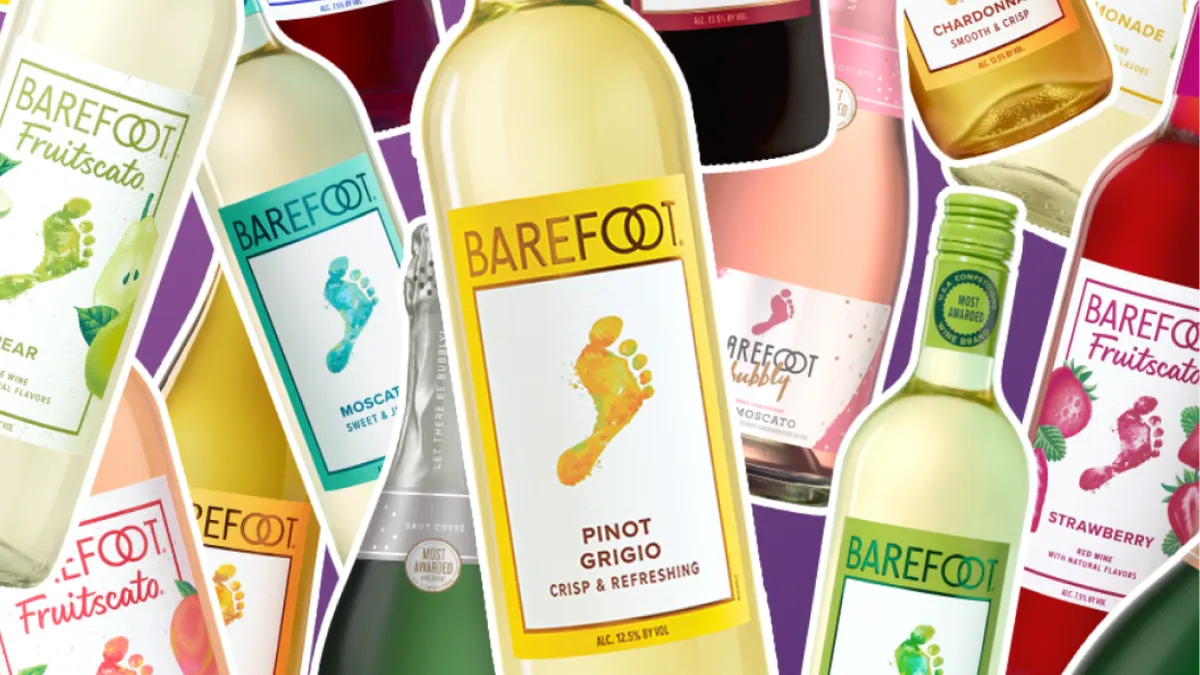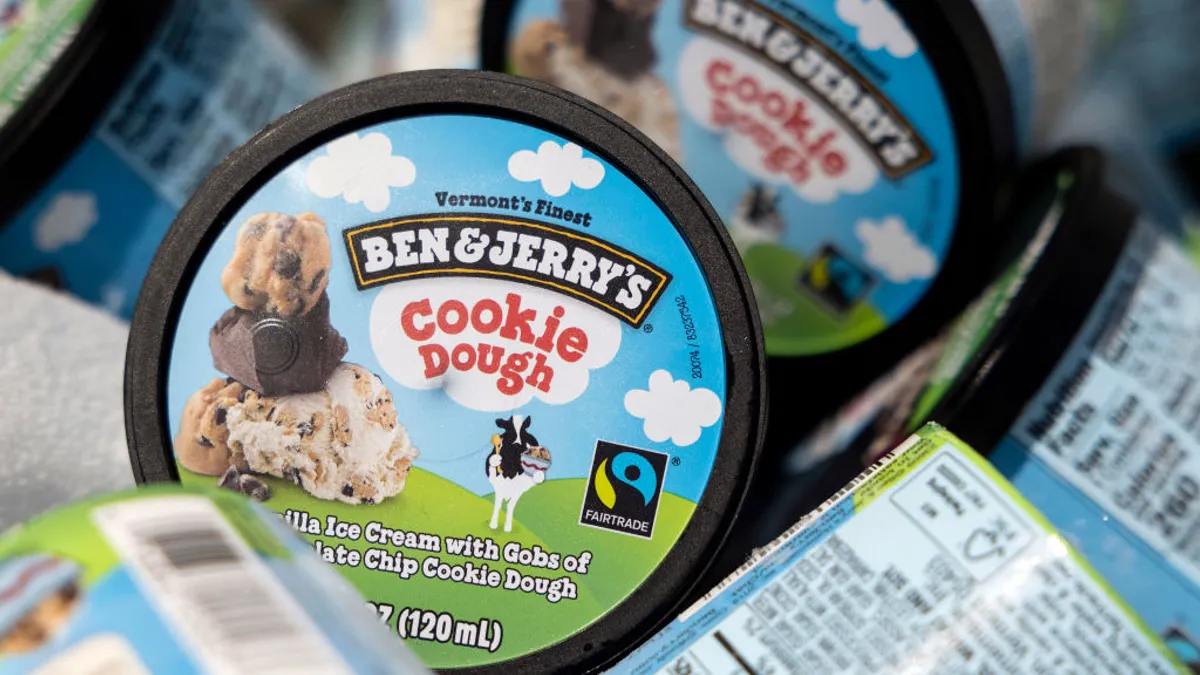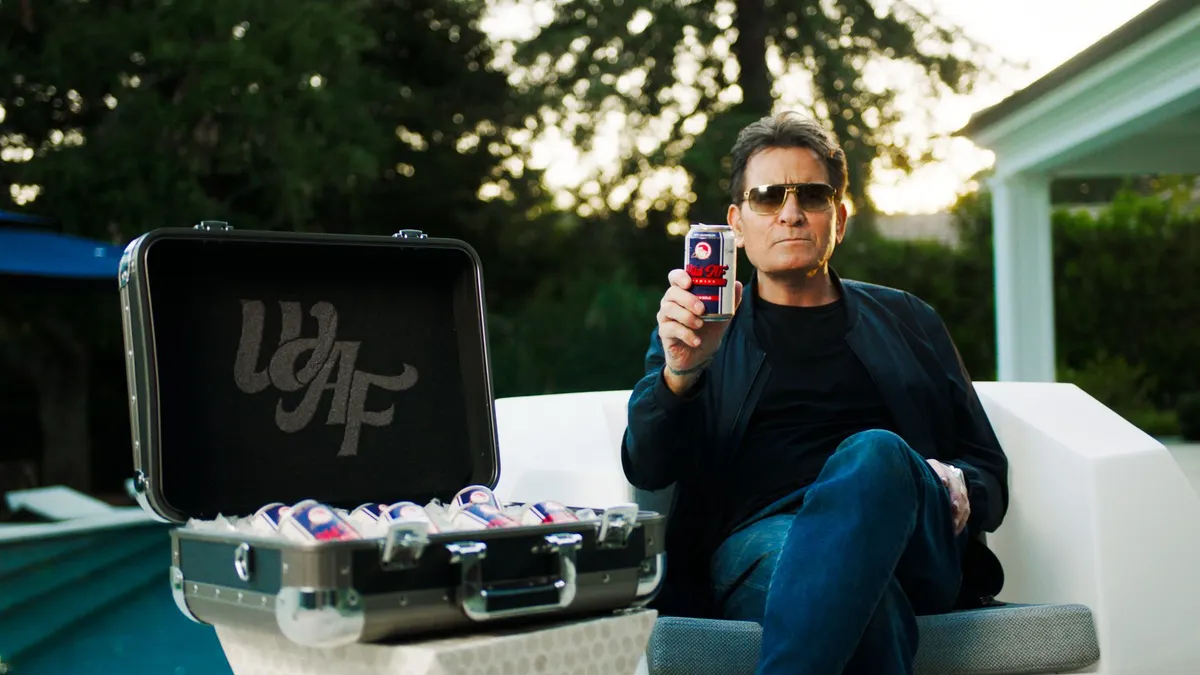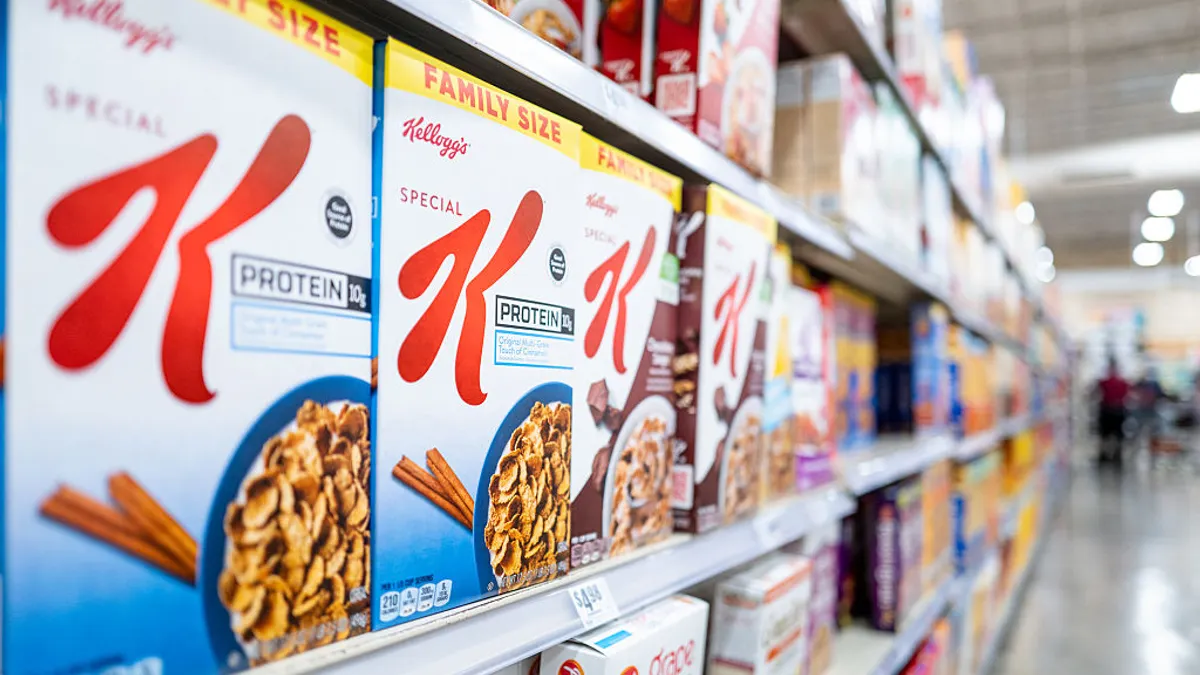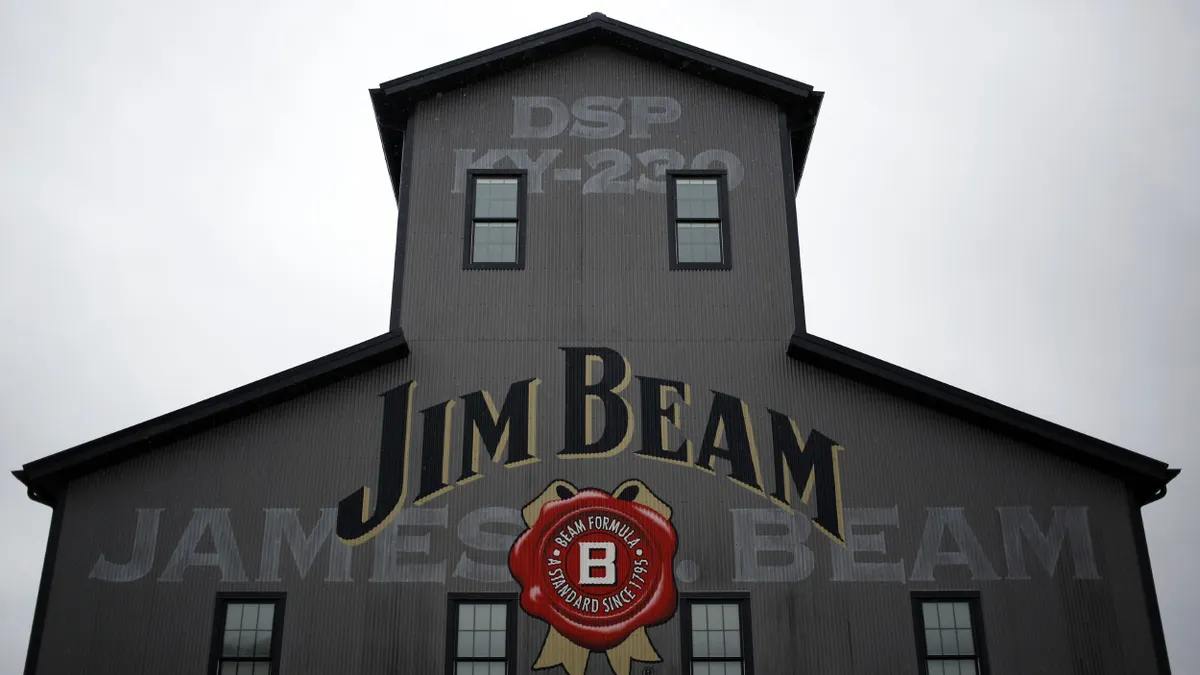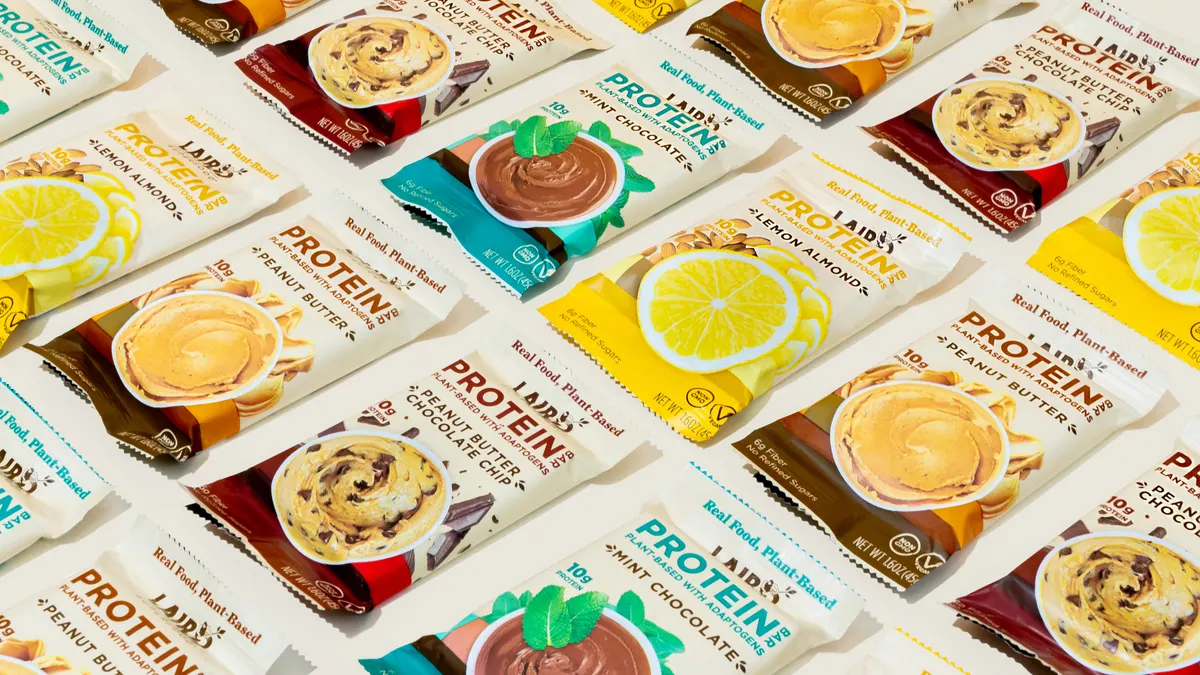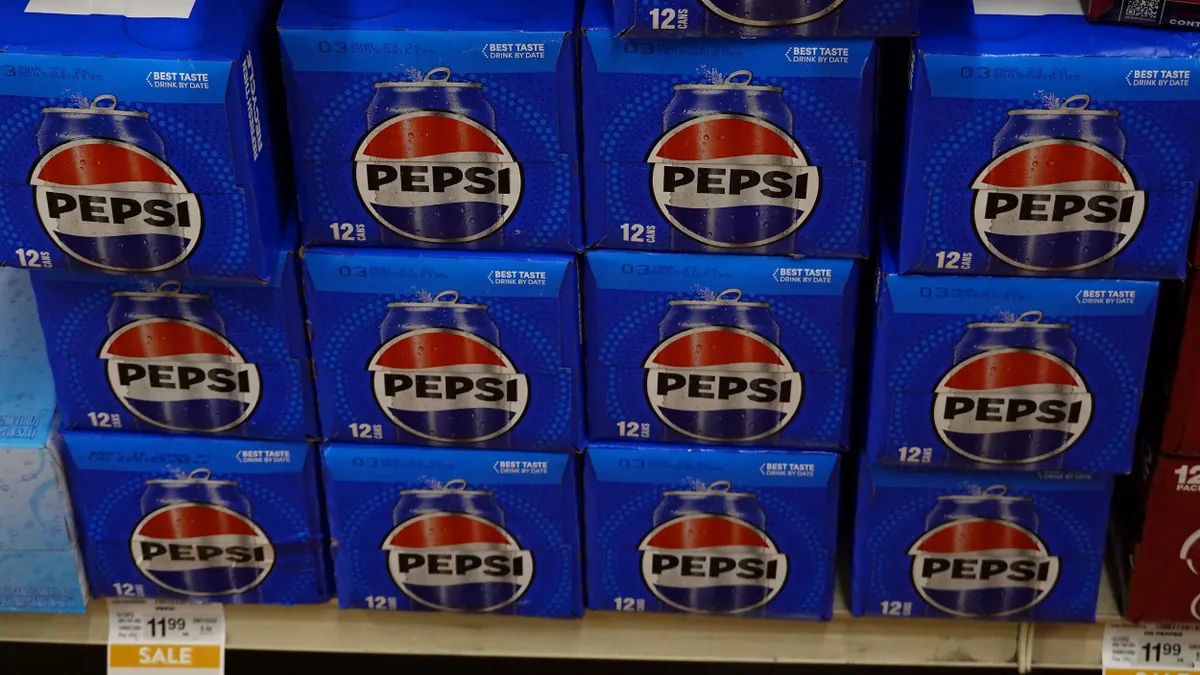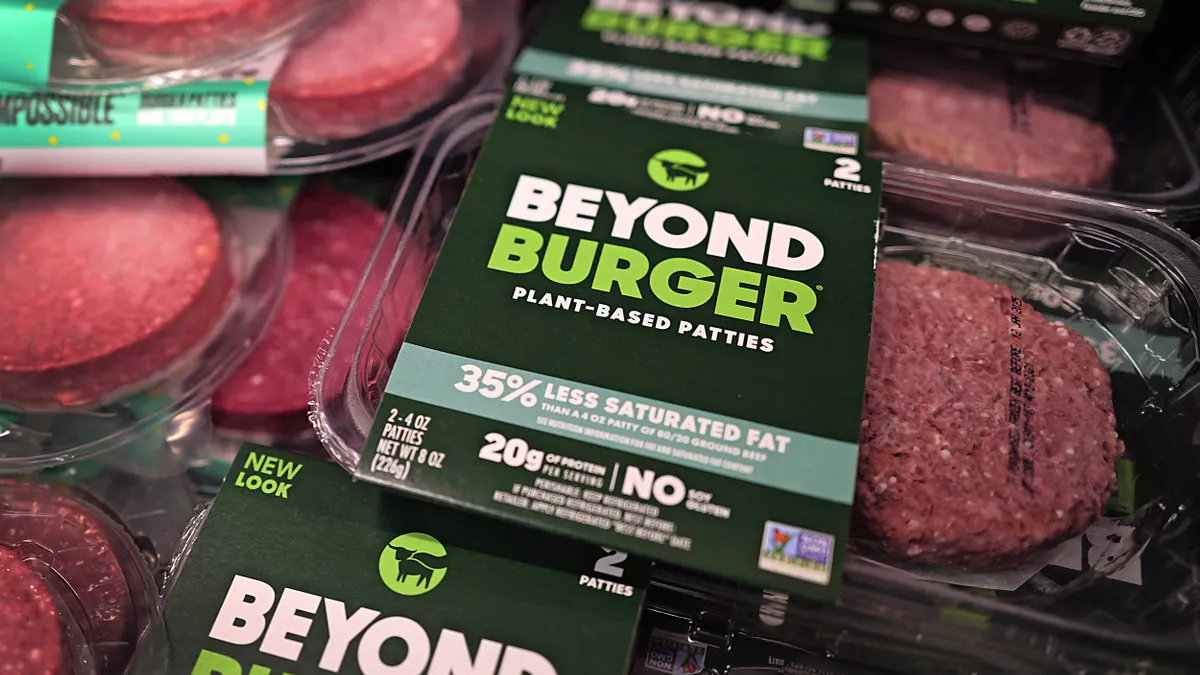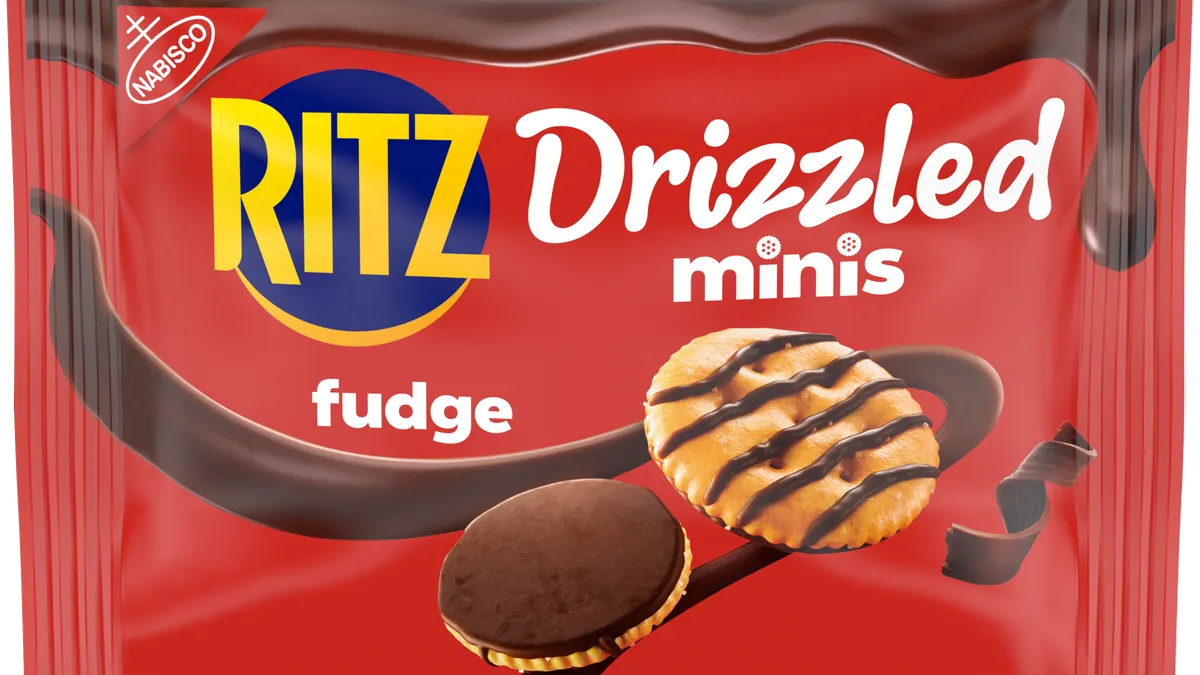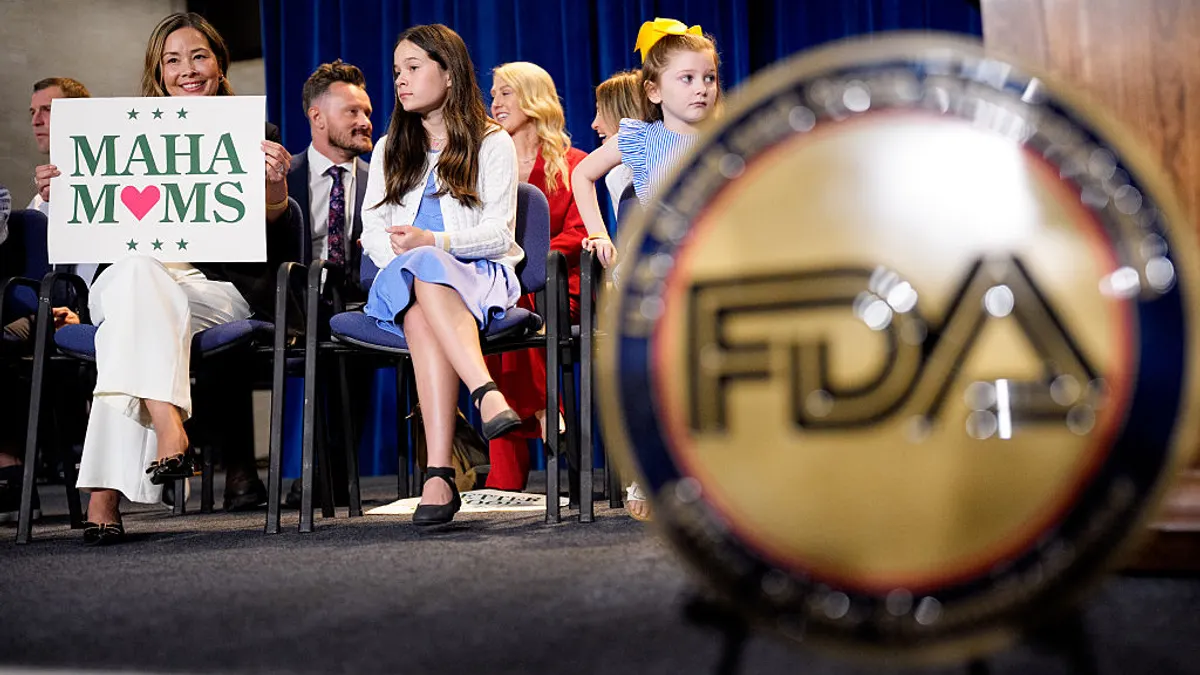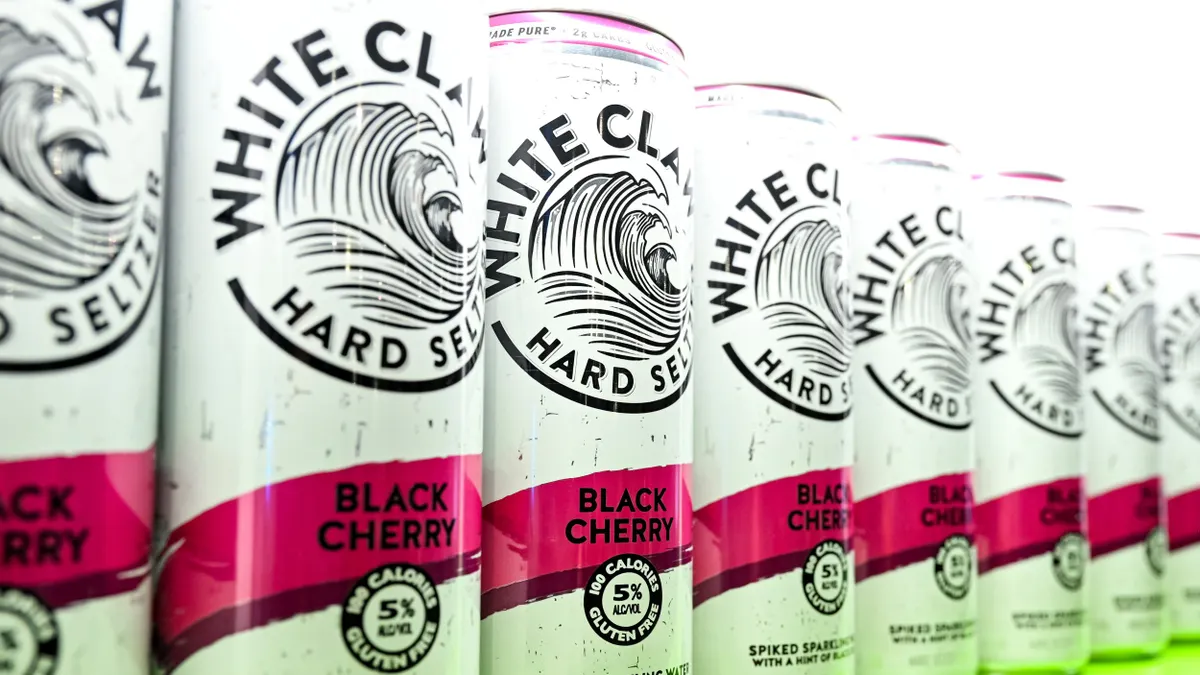The 92-year-old E. & J. Gallo Winery is the largest wine producer in the world by volume, a position it has fortified over time through acquisitions. In 2005, Gallo purchased the maker of Barefoot Wines, a brand that has grown from 600,000 cases to more than 14 million annually and is now the top wine brand in the U.S. by dollar sales, per Circana data shared by the company.
Gallo is building from strength with its recent marketing initiatives, including the first major redesign of its Barefoot Cellars line in more than three decades, as well as new activations as part of a sponsorship as the official wine of the NFL. After past football-themed efforts centered on famous fans like Donna Kelce and Simone Biles, Barefoot’s NFL marketing slate this season includes a tailgate series with woman-focused media company Betches and Monday Night Football events with VinePair. Barefoot has also expanded its local sponsorship roster to 12 NFL teams while Gallo plans to bring more brands under its portfolio into the pro league’s fold.
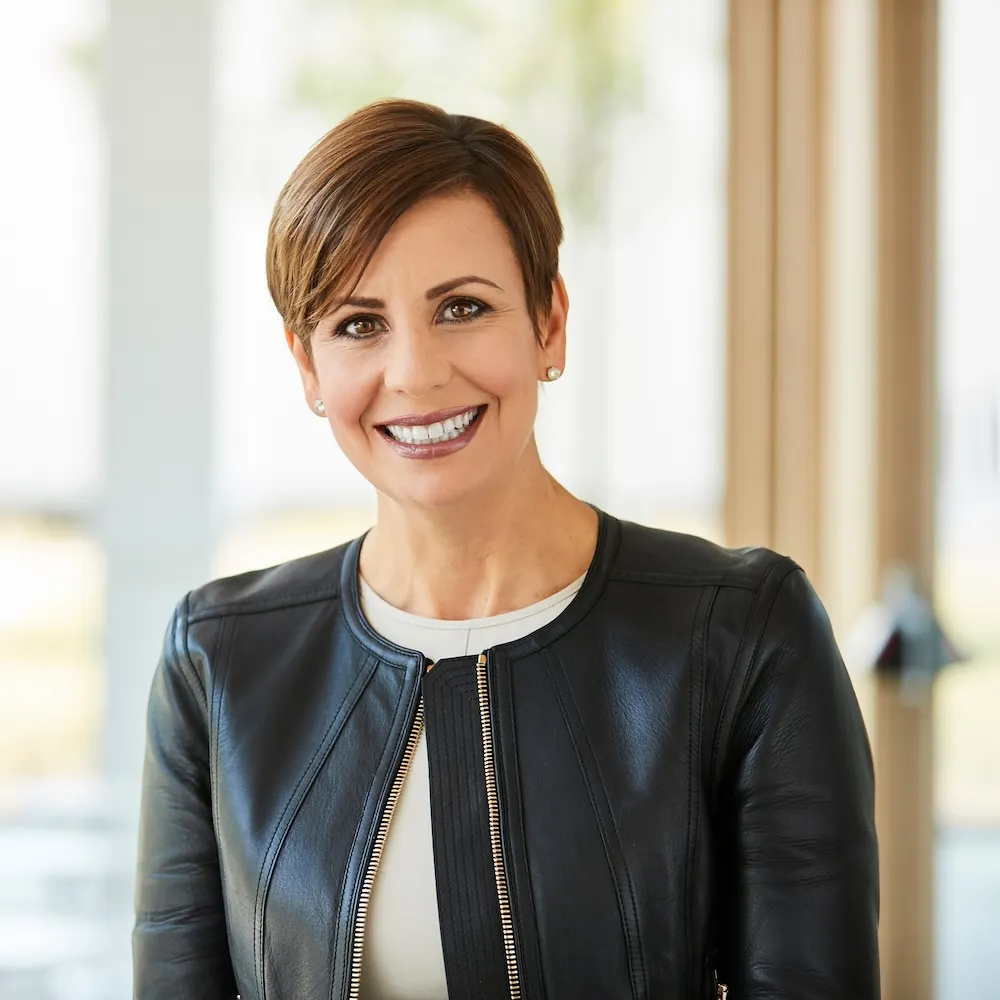
The brand refresh and expanded NFL partnership come as the company looks to navigate a fraught economic landscape and changing consumer tastes around wine and alcohol. Stephanie Gallo has been chief marketing officer at E. & J. Gallo Winery for seven years, and has spent nearly all of her professional career at the company, which was co-founded by her grandfather.
Marketing Dive spoke with Gallo about how the company is bringing new customers into the category, how its brand refresh is more of an evolution than a revolution and more.
The following interview has been edited for clarity and brevity.
MARKETING DIVE: What do changing consumer behaviors around alcohol and wine mean for Gallo and Barefoot?
STEPHANIE GALLO: Our company was started 92 years ago with a very simple vision: to transform a beer- and whiskey-drinking nation to a wine-drinking culture. Our founders wrote that it’s our job to endeavor constantly to win new friends for wine. I cannot think of a better brand that wins new friends for wine than Barefoot. It started with a very simple premise that is relevant today: Wine should be flavorful, affordable and, more importantly, fun.
We know that’s what consumers want, and more importantly, I think that this is what’s going to continue to make Barefoot resonate with so many people. In the last year, Barefoot has brought in 3.7 million new consumers into the wine category. We’re going to continue to be bullish about the category, because at the end of the day, what an alcohol beverage does and what wine does is that we bring people together. I can’t think of a better category that is needed right now.
How are you working to bring new customers into the category?
Wine traditionally has dominated and owned the meal time occasion, and when you look at changing consumer behavior — while the meal occasion is important — it’s not as relevant as it once was. The challenge is how to evolve wine to meet new drinking occasions.
In order to do that, we have to adapt the format. We have a big emphasis on alternative formats, particularly around the 200 millimeter Tetra. It’s a single-serve package. It can go anywhere and it can be enjoyed in casual occasions.
It’s really around meeting consumers where they are, and that’s one of the reasons why we invested in the NFL partnership. We believe that strategic partnerships like with the NFL really embed Barefoot into popular culture and new occasions, and by doing that, we hope to bring new consumers into the category.
We have to punch above our weight in many of these things. The culture of sport is the way that we want to leverage that partnership, and the partnership enables us to authentically participate in those conversations.
How is the NFL partnership working and evolving?
We’re very bullish on it. We’re going to be celebrating our fourth year with that partnership, and Barefoot is still going to be the primary anchor. We’re continuing to extend the partnership with local team deals to make the brand relevant in key markets.
Outside of Barefoot, we’re going to be bringing two new brands into the fold. André is going to become the official sparkling wine of the NFL. André is another brand that resonates particularly with [legal-drinking age] consumers. The third partner that we’re bringing in is Alamos, which is an Argentinian wine brand. We’re going to be testing and learning with our Hispanic grocery chains in Southern California.
Our primary emphasis is to leverage Barefoot because of its sheer size and scope around the partnership, and then taking a step back to [determine] what other occasions will resonate. Game day mimosas is something where we thought: André could definitely fill that spot. We’re finding creative ways to leverage the partnership to make wine relevant.
Tell me about Barefoot’s recent brand refresh.
It’s a brand evolution. It’s not a revolution. When you look at some of the missteps that have happened [in marketing], I think that it’s brands that aren’t really listening to who their core audience is.
We believe that the larger label, word mark and icon, quite candidly, make it easier for consumers to find Barefoot on the shelf. We’ve also taken the tasting notes and we’ve put them onto the front label — trying to make the category easy and fun for consumers who are entering into the category, so that consumers know up front what the wine tastes like. When you look at the back label, it’s really around demystifying wines by talking about easy food pairings.
As the brand grew, we didn’t have a unified design system across the different sub-lines, whether it was Barefoot, Fruitscato, the box wine, the single serves and the bubbly. We’ve tested it in a test market, and we are very confident that it’s going to be the right thing for the brand.
We know that our consumers really love Barefoot, and there’s nothing to be ashamed of. How do you take what’s working and just make it work harder? Let’s leverage the best asset, which is the foot. I call it the “mom test”: When my mom goes to the grocery store, [you can say,] “Mom, just go buy the wine that has the foot on the label.”
How are you able to use data to inform Gallo’s marketing strategy?
We really challenge our marketers to look at the data which we have, but [to also] go out and interact with consumers. Let’s go out and see what’s happening out in the marketplace. A lot of alcohol beverage is not sold through scannable channels — independent liquor stores and the on-premise environment, where a lot of purchase and consumption happens. It’s really around combining the data with your own insights that you are gleaning from interacting with consumers at the point of consumption, at events and with our partners that sell our brands.
How is Gallo affected by the current economic moment and tariff landscape?
Anyone that’s involved in a category that involves discretionary spend is seeing headwinds, and I think it’s really driven around uncertainty. When there’s uncertainty, there’s fear and doubt.
For us, the tariffs in general in the United States have not really impacted the majority of our portfolio. Some brands have been impacted, but we’re pretty resilient. We’re vertically integrated, so we’re able to, for the most part, control our own destiny.
We’ve been around for 92 years. The founding of our company during the repeal of prohibition was pretty difficult, and we’re going to get through this. The team has done an amazing job, and we’re bullish and optimistic on the category, because people need alcohol beverage to come together and to socialize. I think that’s what we need in this world.


